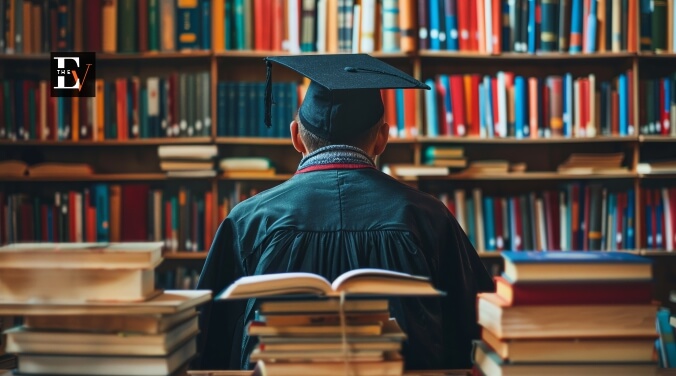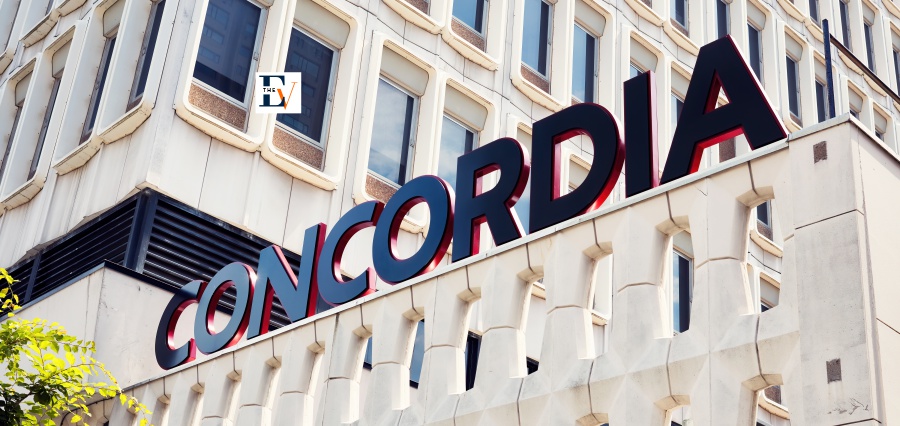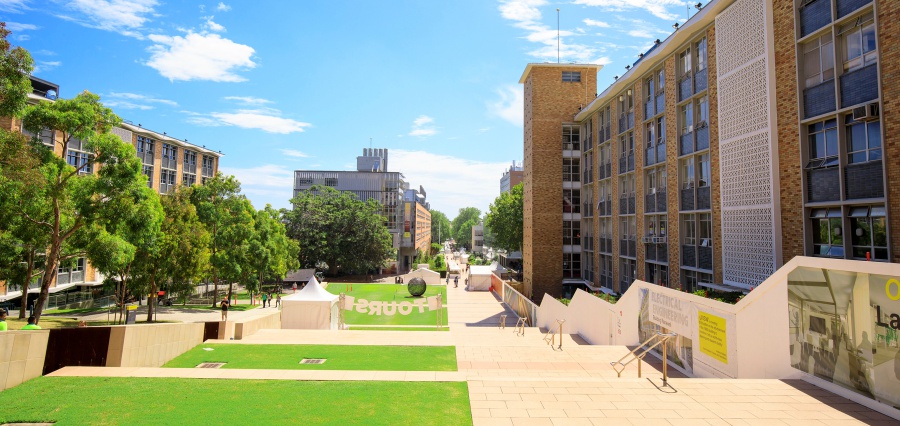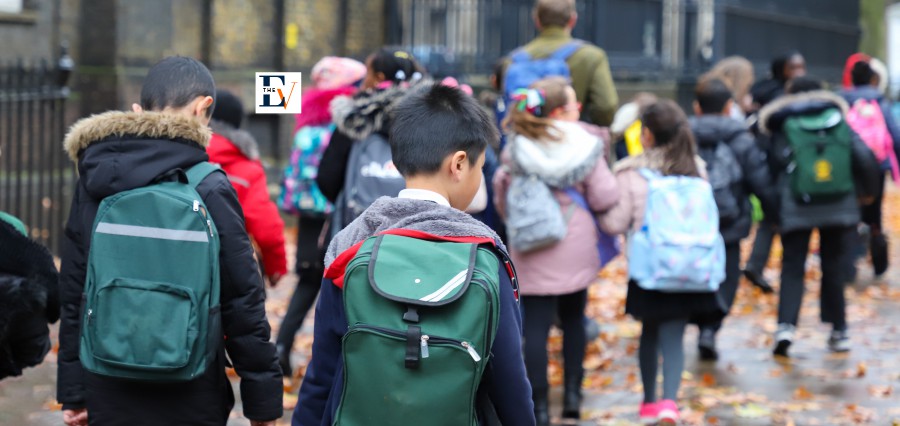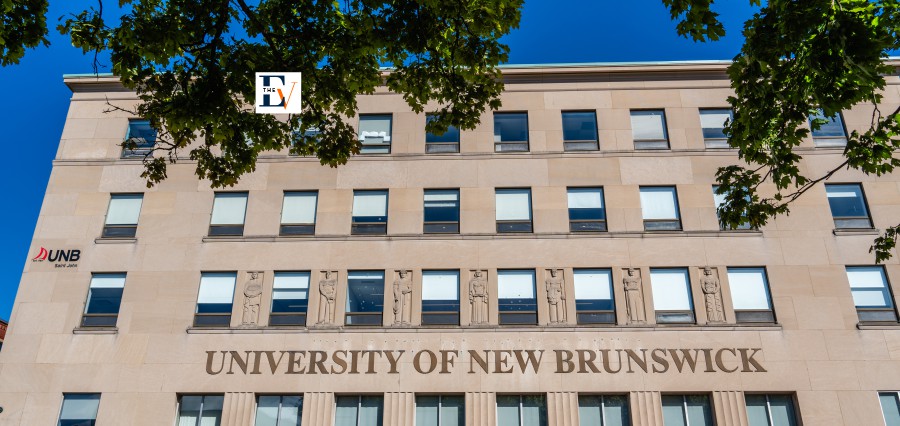Balancing Heritage and Innovation
Education methods in modern Spain are a fascinating blend of tradition and innovation, reflecting the country’s rich cultural heritage while embracing contemporary advancements. Traditional education methods, deeply rooted in Spain’s history, continue to shape the educational landscape even as new technologies and pedagogical approaches emerge. This delicate balance between heritage and innovation is crucial for developing well-rounded individuals who are knowledgeable about their past and are well equipped to navigate the complexities of the future.
In Spain, traditional education methods have long emphasized rote learning, memorization and a strong teacher-led approach. These methods have been instrumental in preserving cultural values, language and historical knowledge. However, the advent of digital technology and global educational trends has necessitated a shift towards more interactive, student-centered learning experiences. The integration of modern tools and techniques aims to enhance critical thinking, creativity and problem-solving skills, which are essential in today’s fast-paced world.
Read more to understand the interplay between traditional education methods and modern innovations in Spain!
The Foundation of Traditional Education Methods
Historical Context
Traditional education methods in Spain are deeply intertwined with the country’s history. For centuries, education was largely influenced by religious institutions, particularly the Catholic Church, which established many of the early schools and universities. This historical context shaped the structure and content of education, emphasizing classical studies, religious instruction and moral values. The focus was on developing disciplined, knowledgeable individuals who could contribute to society.
Core Elements
The core elements of traditional education methods include rote learning, memorization and a teacher-centered approach. These methods prioritize the transmission of knowledge from teacher to student, with a strong emphasis on discipline and respect for authority. In modern Spain, these elements are still present in many classrooms, especially in subjects that require a solid foundation of factual knowledge, such as history and literature.
Integrating Modern Innovations
Embracing Technology
In recent years, Spain has made significant strides in integrating technology into education. Interactive whiteboards, tablets and online learning platforms are now common in many schools, facilitating a more dynamic and engaging learning experience. These tools allow for greater interactivity and student participation, moving away from the traditional lecture-based approach. By incorporating technology, educators aim to enhance students’ digital literacy, critical thinking and problem-solving abilities.
Student-Centered Learning
Modern educational trends emphasize student-centered learning, where students take an active role in their education. In Spain, this approach is being integrated alongside traditional methods to create a more balanced and holistic learning environment. Project-based learning, collaborative activities and experiential learning opportunities encourage students to apply their knowledge in real-world contexts, fostering deeper understanding and retention.
Balancing Tradition and Innovation
Preserving Cultural Heritage
While modern innovations are essential, preserving cultural heritage remains a priority in Spain’s educational system. Traditional education methods play a crucial role in transmitting cultural values, language and historical knowledge to future generations. Subjects like Spanish history, literature and the arts are taught with a deep respect for tradition, ensuring that students appreciate and understand their cultural heritage.
Enhancing Educational Outcomes
The challenge lies in balancing traditional education methods with modern innovations to enhance educational outcomes. In Spain, educators strive to create a curriculum that honors the past while preparing students for the future. This involves integrating traditional subjects with new disciplines like digital literacy, coding and environmental science. By doing so, schools aim to develop well-rounded individuals who can think critically, solve problems creatively and adapt to changing circumstances.
The Role of Teachers in Balancing Methods
Professional Development
For educators in Spain, professional development is key to successfully balancing traditional education methods with modern innovations. Ongoing training and workshops help teachers stay updated on the latest educational trends and technologies while reinforcing the importance of traditional teaching practices. By equipping teachers with the necessary skills and knowledge, schools ensure that students benefit from a well-rounded education.
Adapting Teaching Strategies
Teachers play a crucial role in adapting traditional education methods to meet the needs of modern students. This involves creating lesson plans that incorporate both traditional and innovative elements, using technology to enhance learning and fostering an inclusive classroom environment. By being flexible and responsive, teachers can effectively balance heritage and innovation, providing students with a comprehensive education.
Community and Parental Involvement
Engaging the Community
Community involvement is essential for balancing traditional education methods with modern innovations. Schools in Spain often collaborate with local cultural institutions, businesses and organizations to provide students with diverse learning experiences. These partnerships enrich the curriculum, offering students real-world applications of their knowledge and skills while reinforcing cultural heritage.
Parental Support
Parental support is crucial in fostering an educational environment that values both tradition and innovation. Schools engage parents through regular communication, workshops and events that highlight the importance of a balanced education. By involving parents in the educational process, schools ensure that students receive consistent support and encouragement both at home and in the classroom.
Challenges and Future Directions
Addressing Disparities
One of the challenges in balancing traditional education methods with modern innovations is addressing disparities in access to resources and technology. In some regions of Spain, schools may lack the necessary infrastructure to fully integrate modern educational tools. Addressing these disparities is essential to ensure that all students benefit from a comprehensive education.
Adapting to Change
As the educational landscape continues to evolve, schools in Spain must remain adaptable and open to change. This involves continuously evaluating and updating the curriculum, incorporating new teaching strategies and embracing technological advancements. By staying proactive and responsive, educators can effectively balance tradition and innovation, preparing students for the future.
End Note
Balancing traditional education methods with modern innovations is crucial for fostering a comprehensive educational environment in Spain. By preserving cultural heritage while embracing contemporary advancements, educators can develop well-rounded individuals equipped to navigate the complexities of the future.
Looking ahead, the focus should be on addressing disparities in access to resources, continuously adapting to change and fostering a collaborative educational community. By maintaining this balance, Spain can ensure that its education system remains inclusive and capable of preparing students for the challenges and opportunities of the modern world.

